Wallpaper* meets globetrotting Magnum photographer Alex Majoli
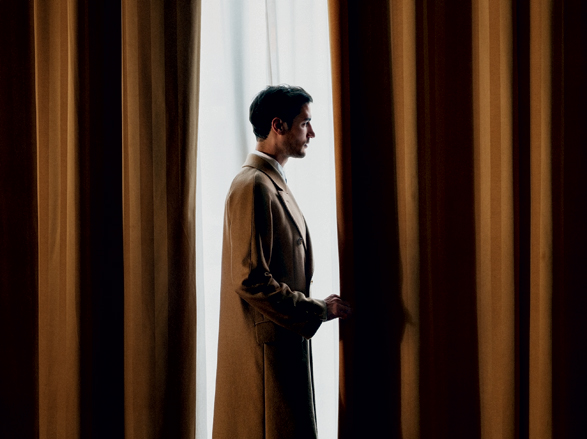
Magnum photographer Alex Majoli travels the world documenting conflicts and wars for the likes of Newsweek and the New York Times magazine. He's captured historical world events such as the fall of the Taliban regime in Afghanistan, the invasion of Iraq, and the 2011 uprising in Eypt – where scores of Egyptians took to the streets demanding the resignation of President Hosni Mubarak after a 30-year rule.
So what compelled him to focus his lens on the men of Milan for our September issue street fashion story, ‘Shadow Lands'?. We speak to the award-winning Italian lensman about his work...
Wallpaper*: With war photography and photojournalism, you're responding to things around you, searching for that ‘definitive' moment – a complete contrast to a fashion shoot. How challenging or interesting was this for you?
Alex Majoli: What I found very interesting is the collaborative aspect of this experience. I usually have a fixer and maybe a colleague during my ‘photojournalistic' journeys. It's the creative process that thrilled me most, and at the end when we were at dinner, I discovered aspects of personalities that were very close to me. Also, my photography started when I was studying at an art institute, so imagery is always imaginary, no matter what the source.
W*: A theme running through some of your portraiture, as well as your Wallpaper* shoot, seems to be people emerging from darkness. Is there a particular influence or meaning behind this?
AM: Yes of course. There is an aesthetic aspect of those pictures that comes from my Byzantine background; I'm also inspired by the paintings of Caravaggio and Giovanni Baglione, and movies like La Jetée, or the films of Michelangelo Antonioni. Then there is a conceptual side that stems from literature – like Pirandello and Artaud, among many others.
W*: What prompted you to work on a fashion story?
AM: I usually get excited by anything new. In this particular case I was very impressed by the ‘mood sheet' that was sent to me. The editor and the stylist must have a clear idea of what they want, in order for us to create the rest. This happened to be the case [with Shadow Lands].
W*: Are you interested in fashion?
AM: I would lie if I said no. I grew up in my mother's tailor shop and my wife Daria used to work with fashion photographers Inez van Lamsweerde & Vinoodh Matadin.
RELATED STORY
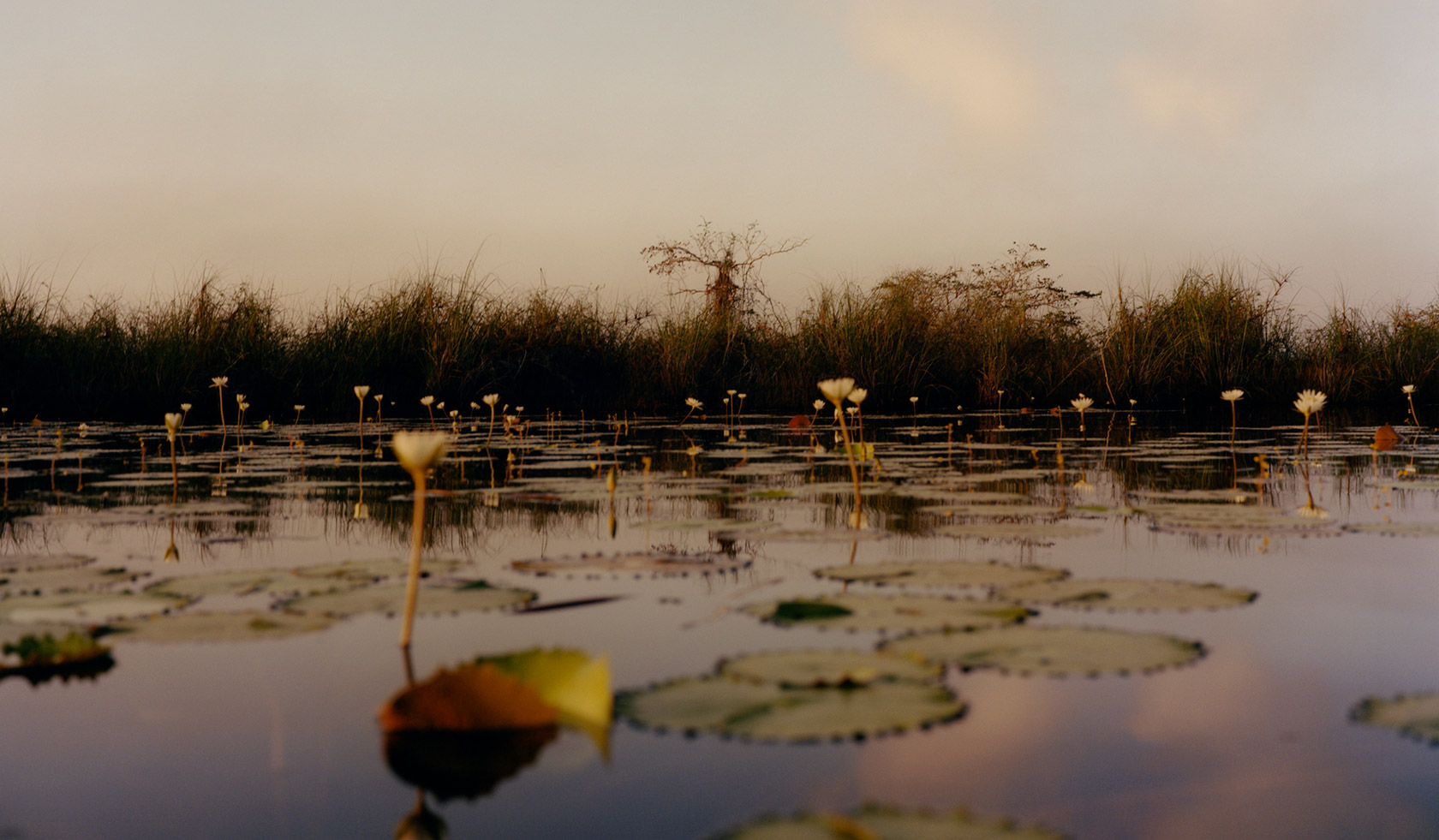
W*: What was the narrative running through the Wallpaper* shoot that you wanted to convey?
It doesn't just belong to me, but emerged out of the working process with Isabelle Kountoure [W* fashion director] and David [St John-James, stylist]. We liked the idea of working with street-cast models – real Italians. We liked the idea of theatre, play, repetition, gentleness, noir. At a certain point we were scouting old abandoned villas and old vintage movie theatres.
W*: Did you approach this shoot in a different way to your other projects?
AM: I never really prepare anything, but I let the things happen and react accordingly, so, no. I approached this project in the same way as any other. The main difference, as I said before, is the production aspect that makes the shooting process a lot easier.
W*: Your lens has captured defining events and conflict for many of the world's press. When and why did you first have the drive to enter photojournalism and document wars?
AM: It is complicated to explain all this. I can say that one of my masters was a photojournalist and his experience influenced my imagination – I liked the idea of walking the streets and taking pictures. From there I felt attracted to all those situations where a human being is at the ‘edge', when there is no time to think and grey areas disappear.
W*: How do you differentiate between shooting in colour and shooting in black and white?
AM: Photographing in colour is very difficult for me, so I look at colours as patterns more than part of reality. I look at colours as I would look at a Baroque painting.
W*: What or who has been the biggest influence on your work?
AM: The Italian filmmakers.
W*: What other projects are you currently working on?
AM: The endless work in progress! For a while I've been working on a book project about Brazil, provisionally called ‘Requiem in Samba', and also another that has no title yet, about the Albanians. I'm also still working on the idea of capturing the real life as a ‘playing stage'.

Seminal works by Majoli include: Egypt, Cairo, February 10, 2011. Protesters in Tahrir square, crying, chanting, and screaming after listening to the speech in which President Hosni Mubarak said he would not give up power.
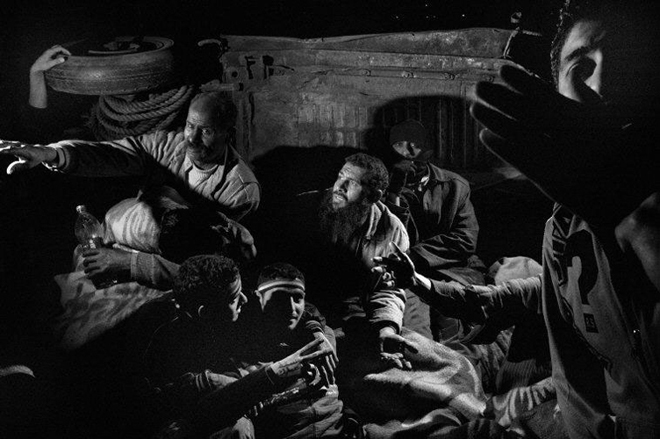
Egypt, Cairo, February 11, 2011. Celebrating Mubarak's resignation in Tahrir Square.
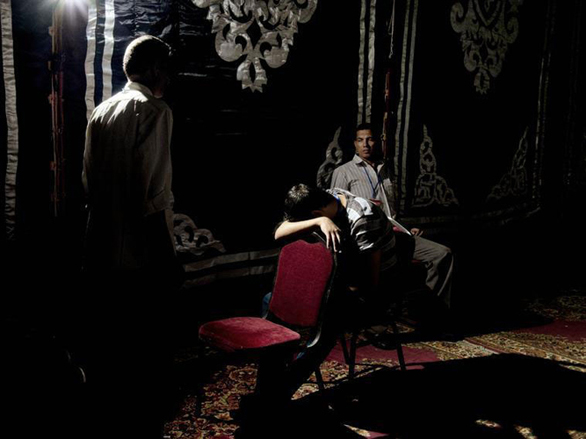
Egypt, Cairo, 2012. Campaign headquarters of Presidential candidate Mohamed Morsi during Presidential elections.
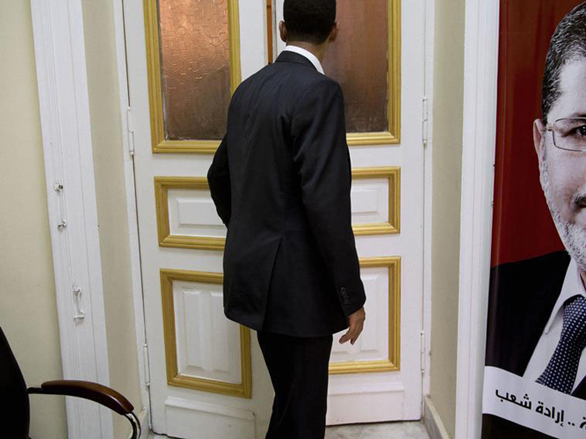
Egypt, Cairo, 2012. Campaign headquarters of Presidential candidate Mohamed Morsi during Presidential elections.
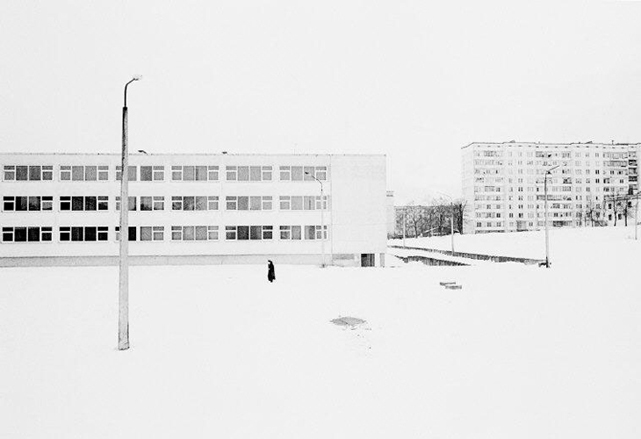
Latvia, Sigulda, 2004.
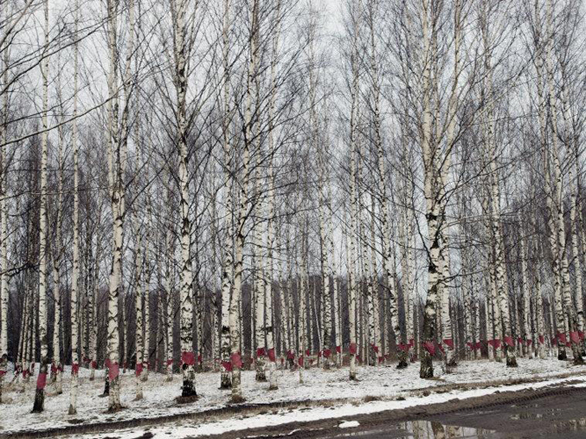
Russia, St. Petersburg, 2008.
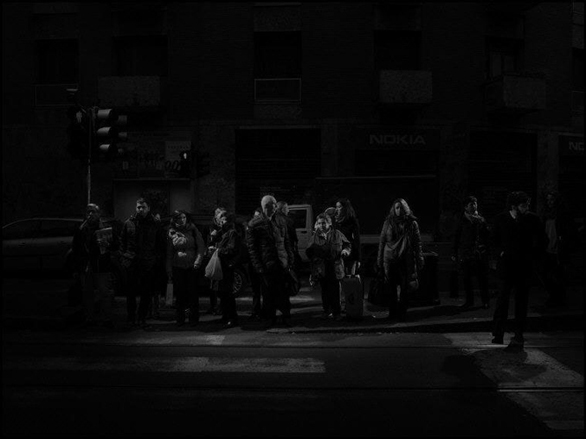
Italy, Milan, 2012. Via Andrea Solari.
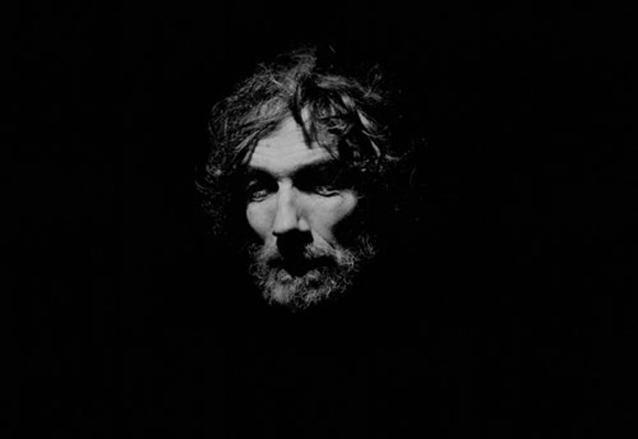
France, Marseille, 2005.
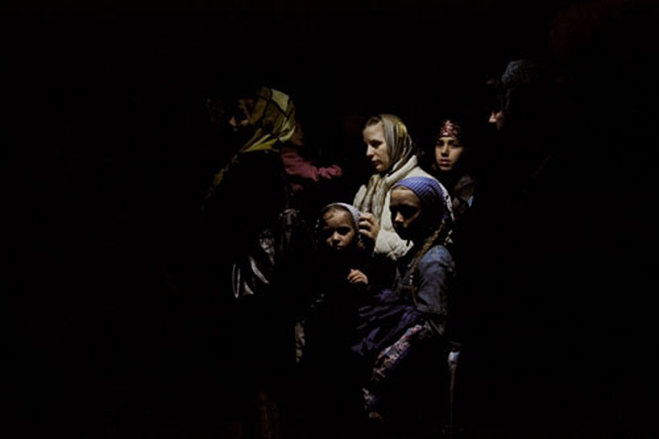
Russia, Moscow. 2006. Orthodox pilgrim.
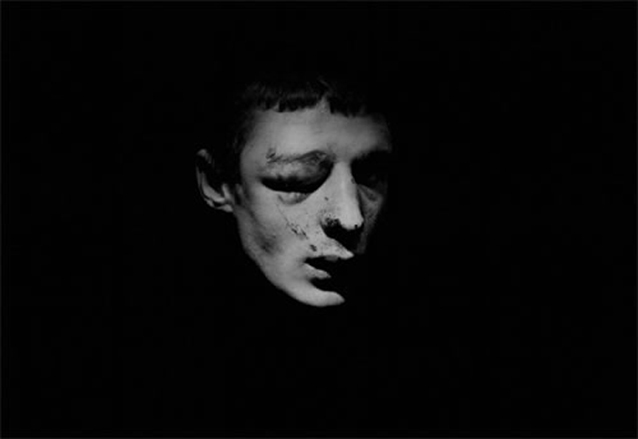
Latvia, 2004.
Receive our daily digest of inspiration, escapism and design stories from around the world direct to your inbox.
-
 Terrified to get inked? This inviting Brooklyn tattoo parlour is for people who are 'a little bit nervous'
Terrified to get inked? This inviting Brooklyn tattoo parlour is for people who are 'a little bit nervous'With minty-green walls and an option to 'call mom', Tiny Zaps' Williamsburg location was designed to tame jitters
-
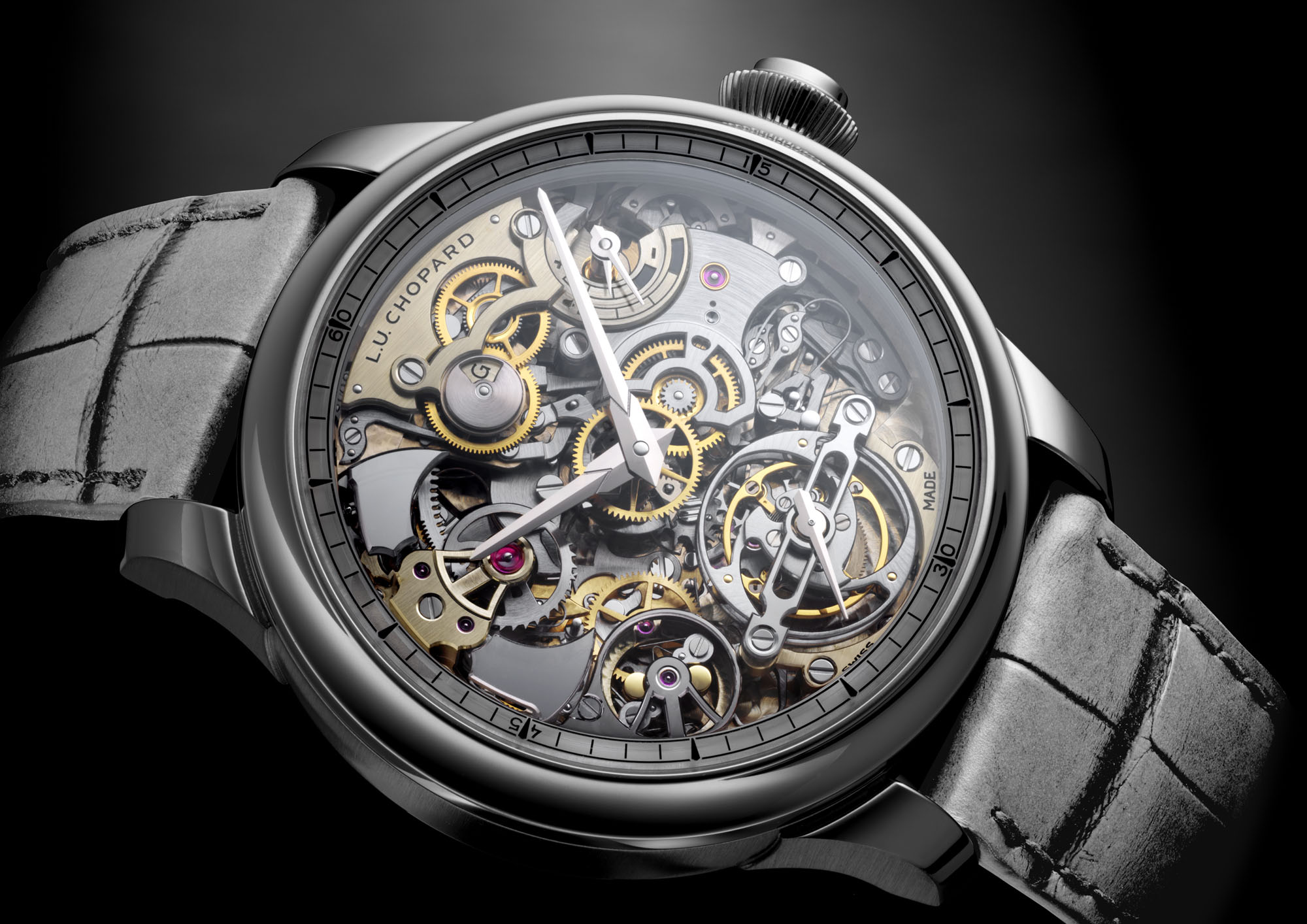 Let’s hear it for the Chopard L.U.C Grand Strike chiming watch
Let’s hear it for the Chopard L.U.C Grand Strike chiming watchThe Swiss watchmaker’s most complicated timepiece to date features an innovative approach to producing a crystal-clear sound
-
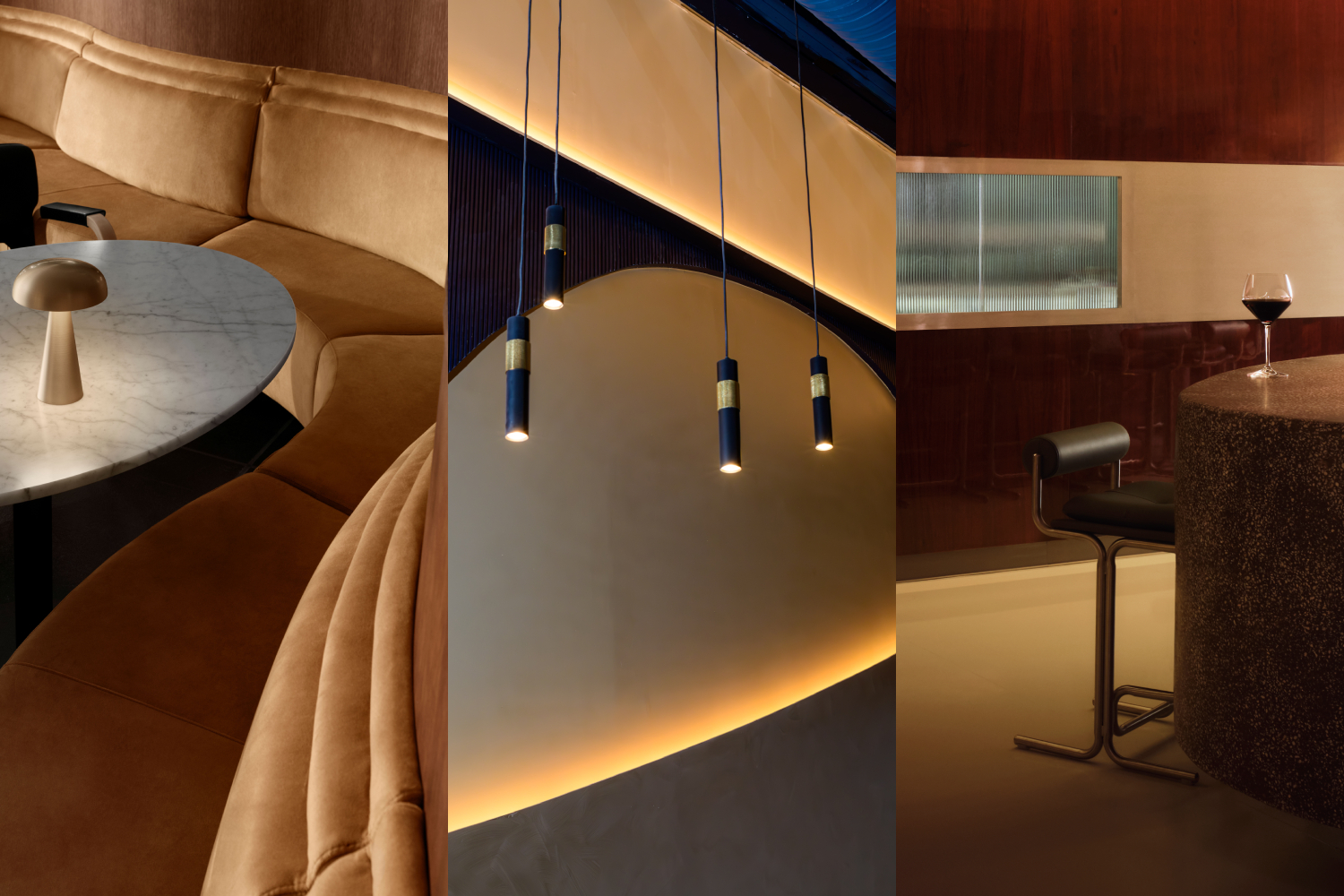 Form... and flavour? The best design-led restaurant debuts of 2025
Form... and flavour? The best design-led restaurant debuts of 2025A Wallpaper* edit of the restaurant interiors that shaped how we ate, gathered and lingered this year
-
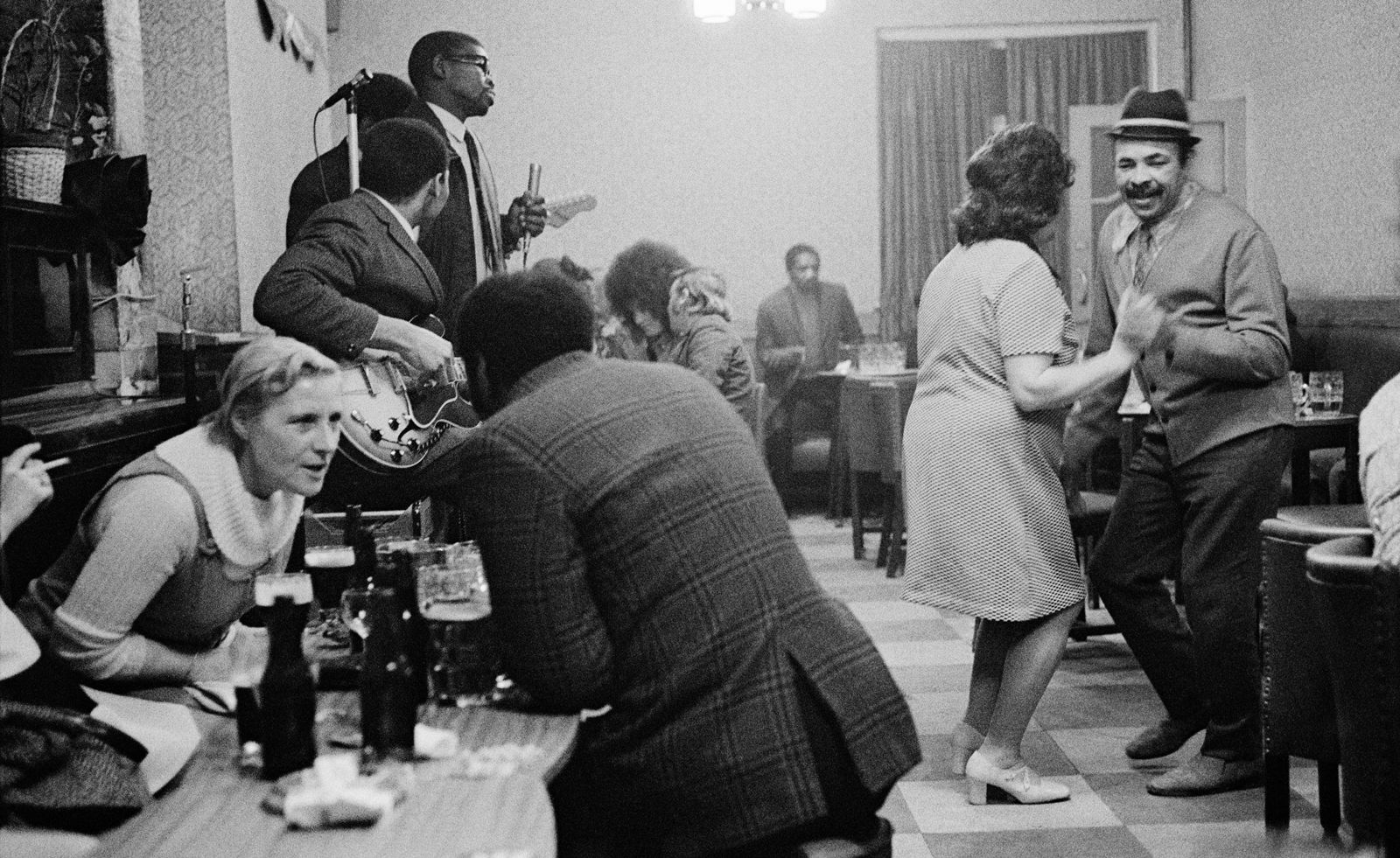 ‘People are really in their element’: Martin Parr on capturing bar culture, and his look back with Campari
‘People are really in their element’: Martin Parr on capturing bar culture, and his look back with CampariMagnum Photos and Campari join forces for ‘Bar Stories on Camera’, currently on view in Turin, including works by Martin Parr
-
 New Magnum Square Print Sale: what to buy, from Roger Deakins to Alfredo Jaar
New Magnum Square Print Sale: what to buy, from Roger Deakins to Alfredo JaarThe new Magnum Square Print Sale (17–23 April 2023) looks beyond the agency’s roster for the first time, inviting artists, filmmakers, and fellow photographers to join alongside Magnum Photographers
-
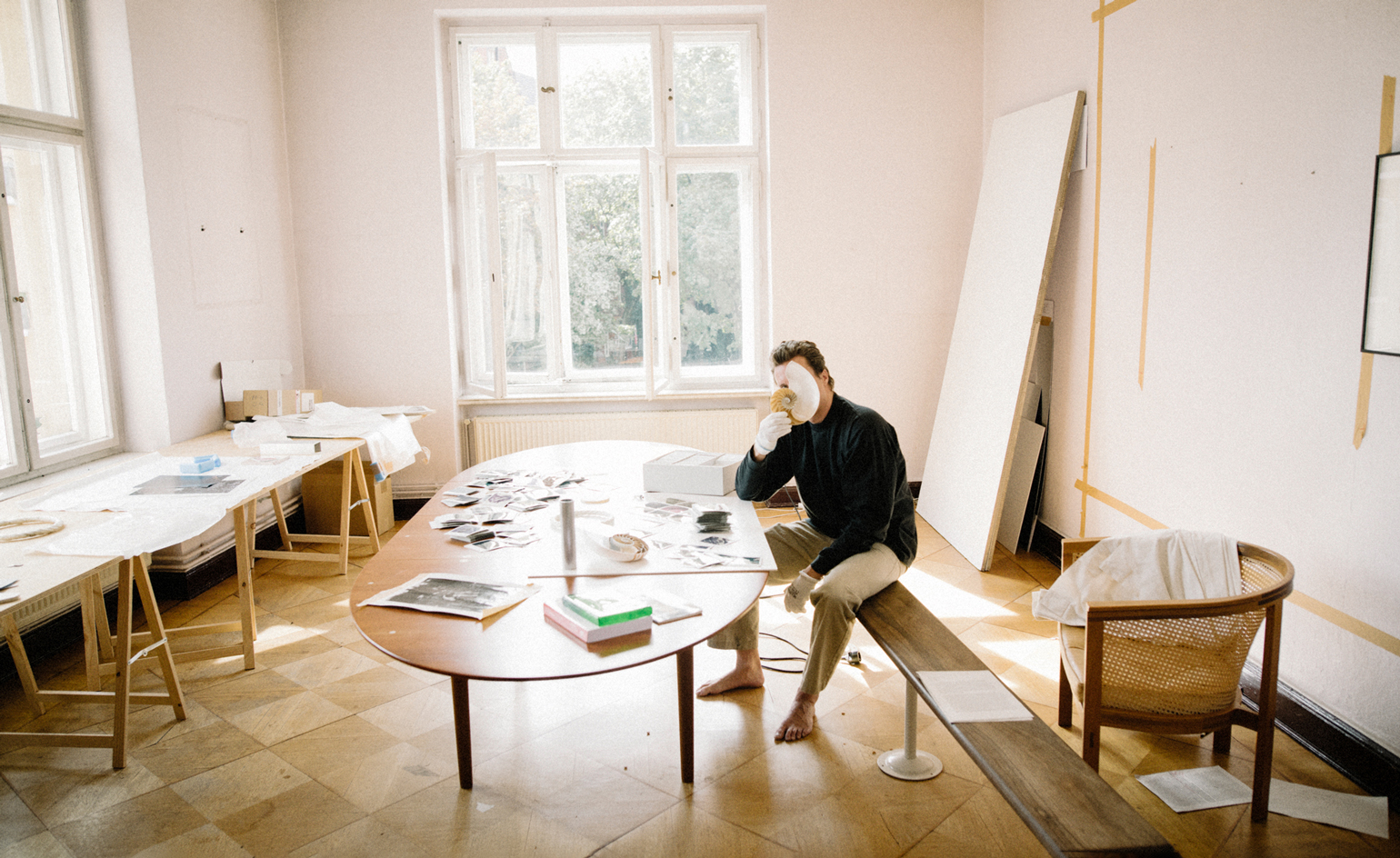 Cyprien Gaillard on chaos, reorder and excavating a Paris in flux
Cyprien Gaillard on chaos, reorder and excavating a Paris in fluxWe interviewed French artist Cyprien Gaillard ahead of his major two-part show, ‘Humpty \ Dumpty’ at Palais de Tokyo and Lafayette Anticipations (until 8 January 2023). Through abandoned clocks, love locks and asbestos, he dissects the human obsession with structural restoration
-
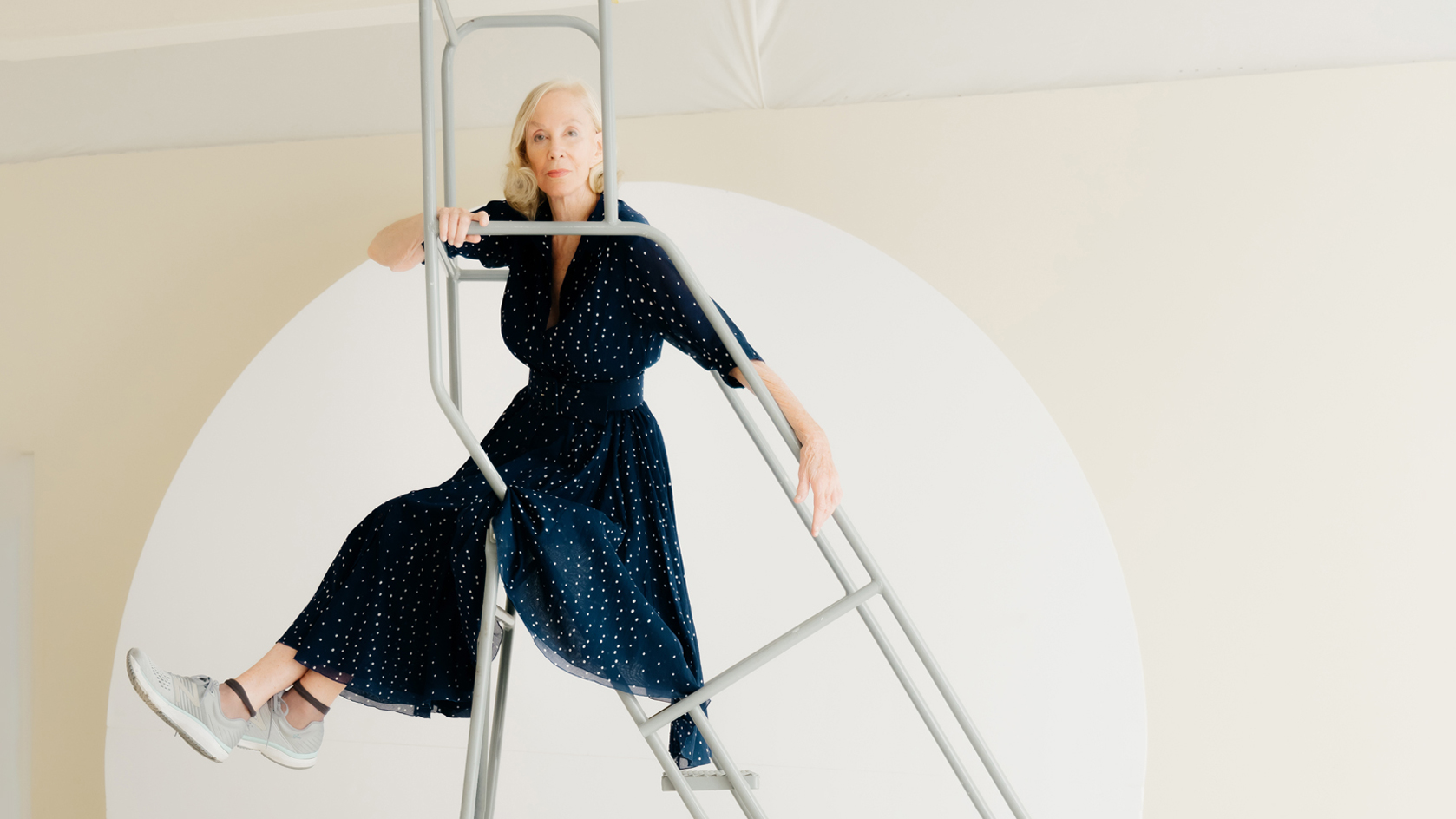 Year in review: top 10 art interviews of 2022, chosen by Wallpaper* arts editor Harriet Lloyd-Smith
Year in review: top 10 art interviews of 2022, chosen by Wallpaper* arts editor Harriet Lloyd-SmithTop 10 art interviews of 2022, as selected by Wallpaper* arts editor Harriet Lloyd-Smith, summing up another dramatic year in the art world
-
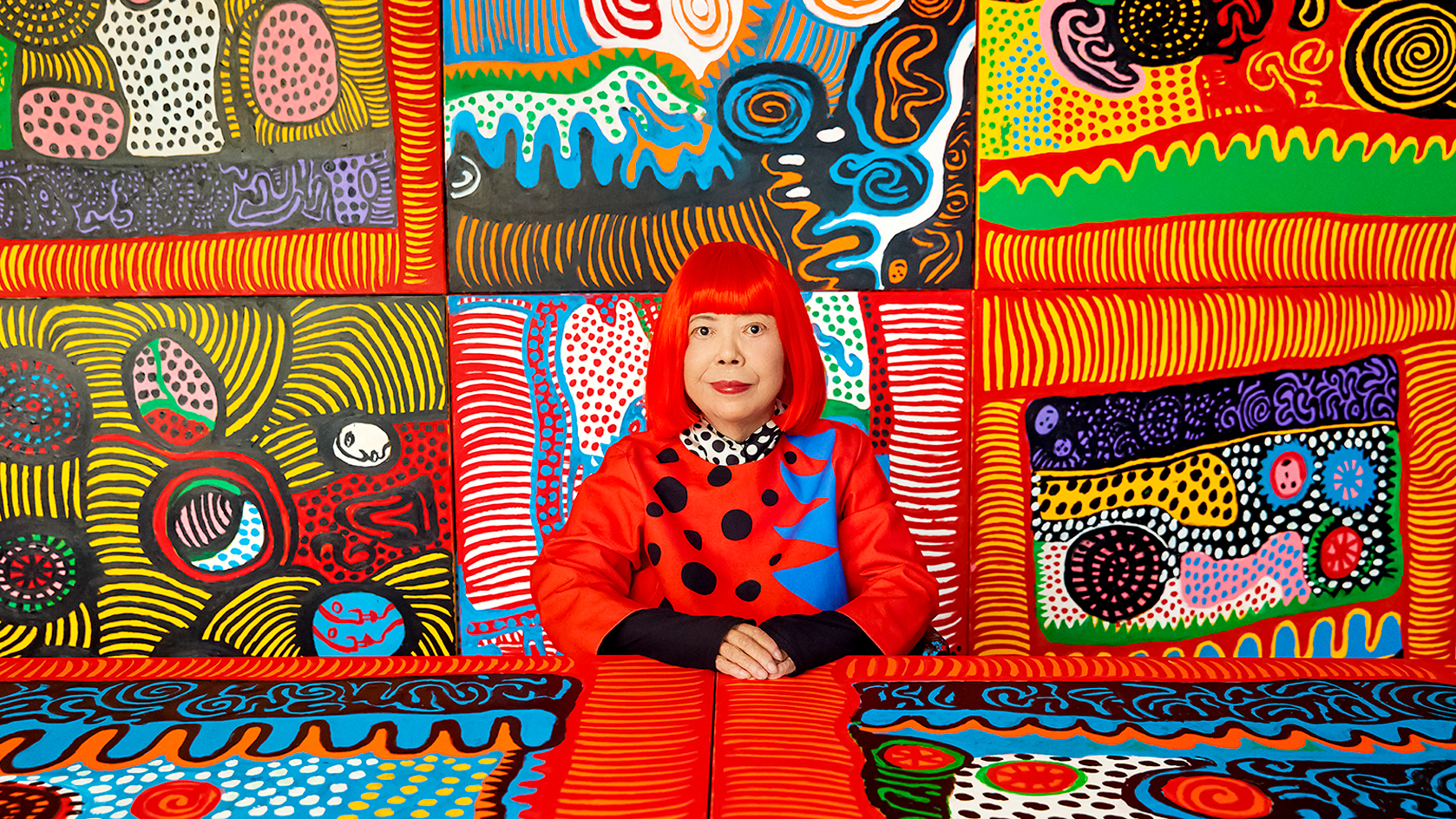 Yayoi Kusama on love, hope and the power of art
Yayoi Kusama on love, hope and the power of artThere’s still time to see Yayoi Kusama’s major retrospective at M+, Hong Kong (until 14 May). In our interview, the legendary Japanese artist vows to continue to ‘create art to leave the message of “love forever”’
-
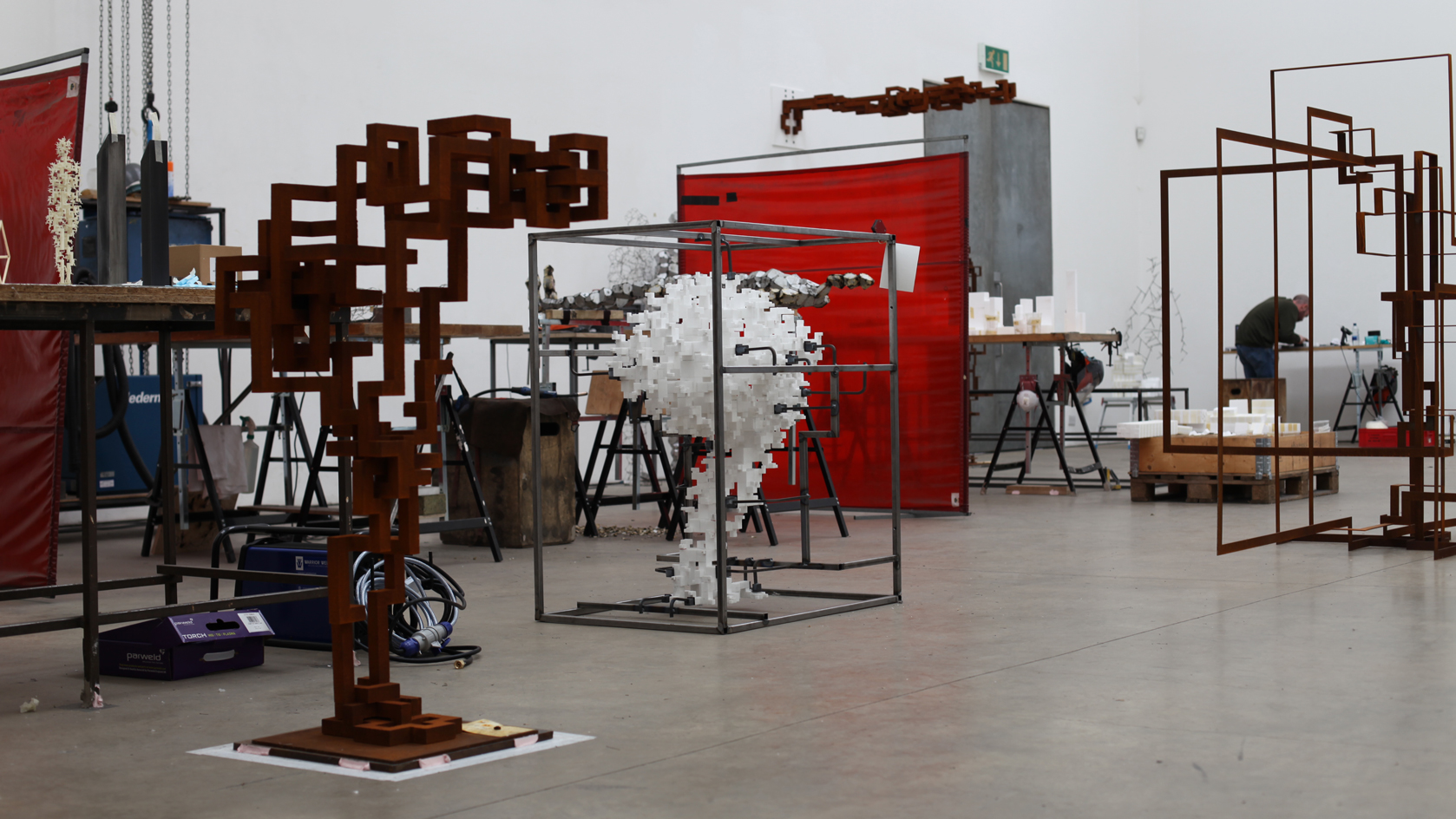 Antony Gormley interview: ‘We’re at more than a tipping point. We’re in a moment of utter crisis’
Antony Gormley interview: ‘We’re at more than a tipping point. We’re in a moment of utter crisis’We visit the London studio of British sculptor Antony Gormley ahead of his major new show ‘Body Field’ at Xavier Hufkens Brussels
-
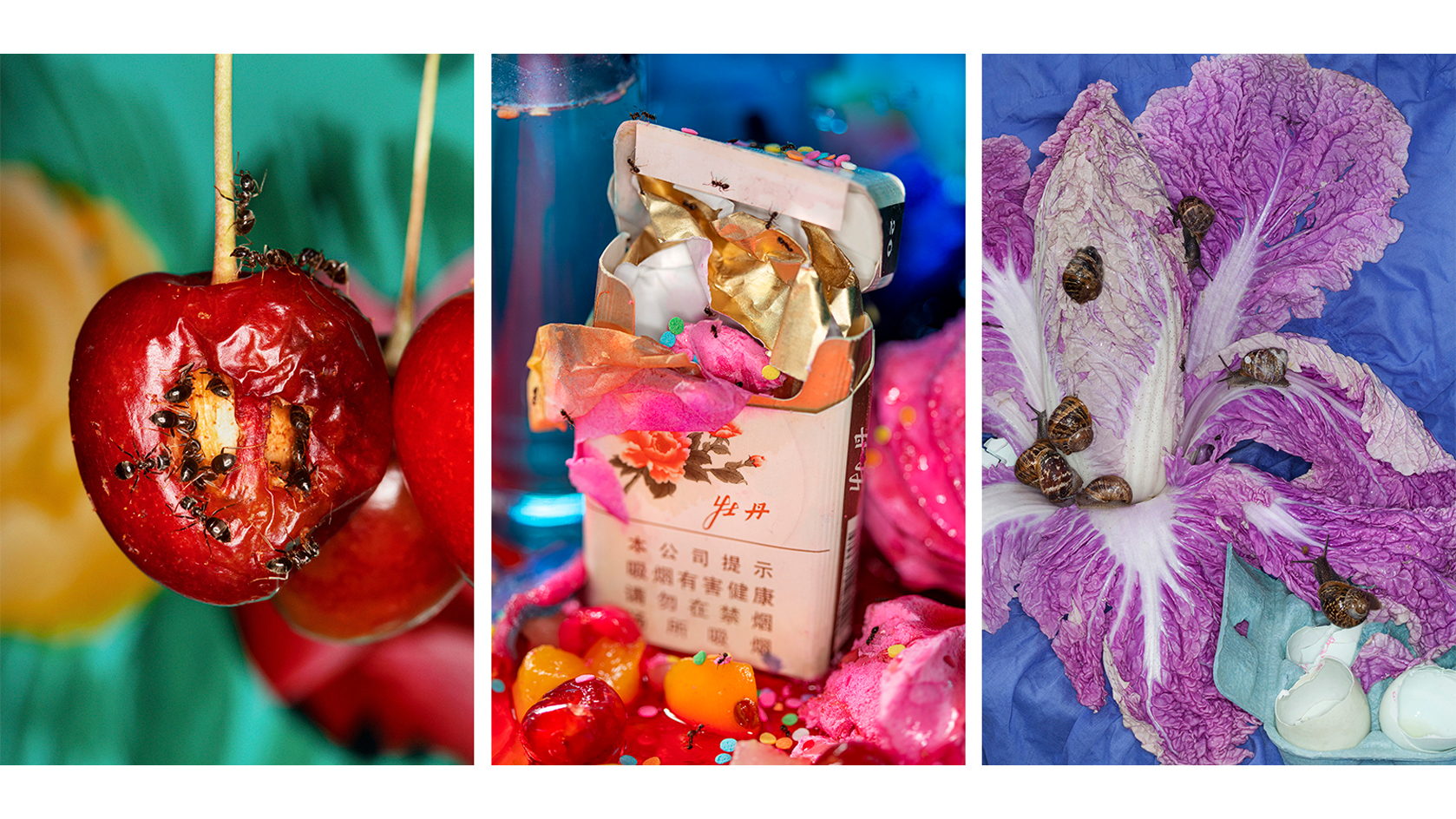 Photographer Maisie Cousins on nostalgia, impulsive making and ‘collecting useless things’
Photographer Maisie Cousins on nostalgia, impulsive making and ‘collecting useless things’Explore the vision of British artist Maisie Cousins in ‘Through the lens’, our monthly series spotlighting photographers who are Wallpaper* contributors
-
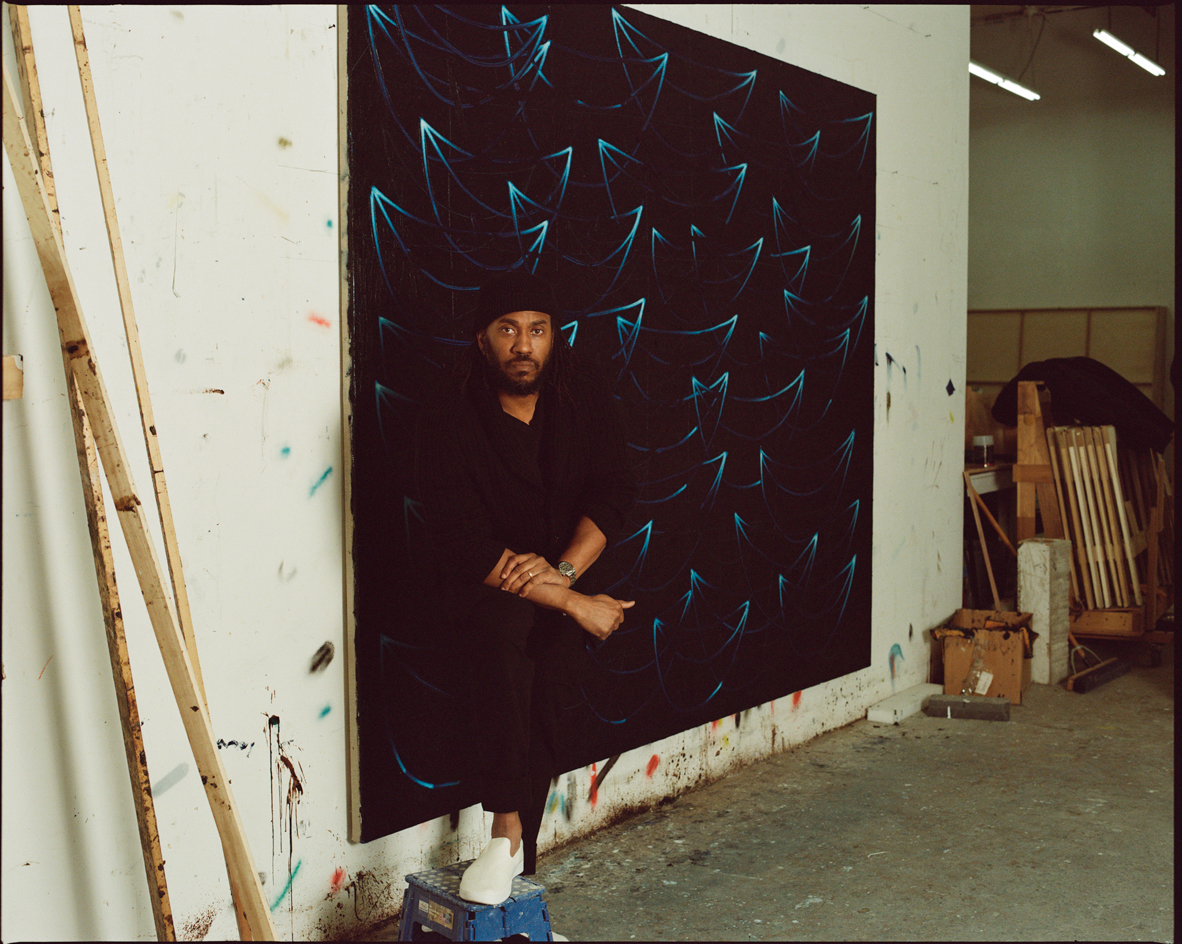 Rashid Johnson in Menorca: a journey through migration, longing and togetherness
Rashid Johnson in Menorca: a journey through migration, longing and togethernessWe visited Rashid Johnson’s Brooklyn studio ahead of the artist’s show at Hauser & Wirth Menorca, which contemplates drift – physical and emotional